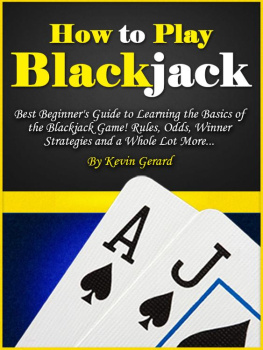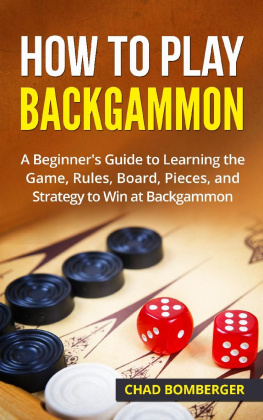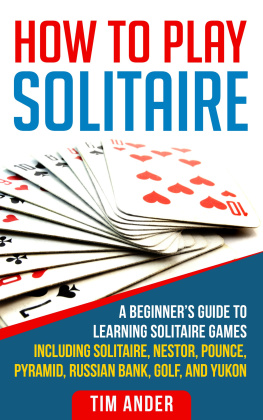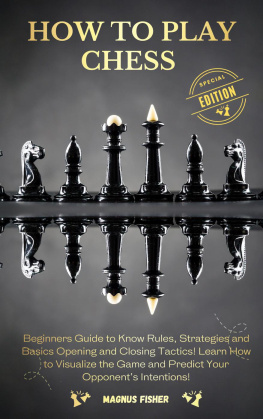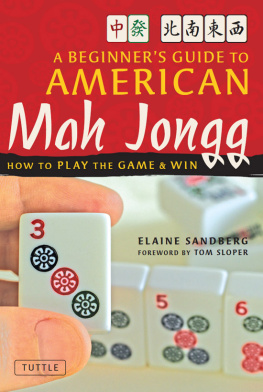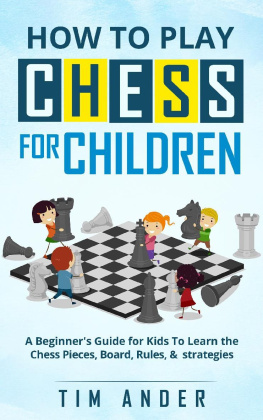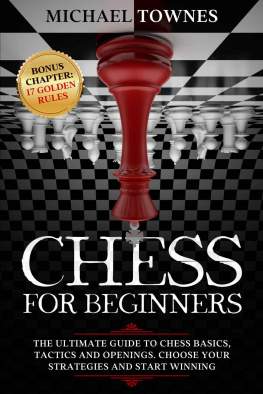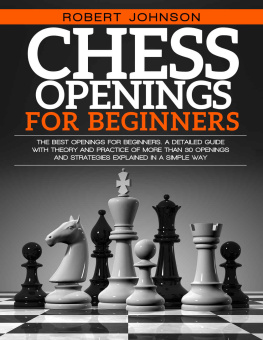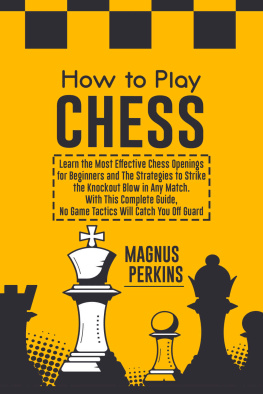Go for Beginners
A Step-By-Step Guide to Learning the Game of Go
By Barton Press
Copyright 2021 by Barton Press
ALL RIGHTS RESERVED
No part of this book may be reproduced, stored in a retrieval system, or transmitted in any form or by any means, electronic, mechanical, photocopying, recording, scanning, or otherwise, without the prior written permission of the publisher.
Limit of Liability/Disclaimer of Warranty: the publisher and the author make no representations or warranties with respect to the accuracy or completeness of the contents of this work and specifically disclaim all warranties, including without limitation warranties of fitness for a particular purpose. No warranty may be created or extended by sales or promotional materials. The advice and strategies contained herein may not be suitable for every situation. This work is sold with the understanding that the publisher is not engaged in rendering medical, legal or other professional advice or services. If professional assistance is required, the services of a competent professional person should be sought. Neither the publisher nor the author shall be liable for damages arising herefrom. The fact that an individual, organization or website is referred to in this work as a citation and/or potential source of further information does not mean that the author or the publisher endorses the information the individuals, organization or website may provide or recommendations they/it may make. Further, readers should be aware that the websites listed on this work may have changed or disappeared between when this work was written and when it is read.
Table of Contents
Introduction
Welcome to Go! This is a simple to learn yet extremely difficult to master the game, with origins over 4,000 years old. It is one of the earliest games in human history that could stand the test of time and remain relevant even today.
The game is for two players. Each player takes their turn by placing their color's pieces, known as stones, onto a shared game board. The board comprises horizontal and vertical lines, forming a grid for the players to share. Most boards are 19x19 with 361 points, but beginners may find that a 13x13 or even 9x9 might be more suitable for faster play.
The game's goal is to place your stones, so they surround and section off a larger board area than your opponent. The area you control is known as your Territory. You may also capture your opponent's stones by surrounding them with your own pieces, but be warned, they may do the same to you! The player with the most Territory at the end of the game is declared the winner.
This book will take you, the soon-to-be player, through the exciting history of Go, how it is played, and how to master its complex strategy for competitive play.
Chapter 1: A Brief History of Go
According to legend, in 2356 BC, Chinese Emperor Yao was deep in thought one warm morning in spring. He wanted to devise a way to prepare his son, Danzhu, for an emperor's duties by teaching him discipline, concentration, and balance. Using some cloth and stones from the garden, he created rules for a game where his son would be tested in these three areas.
As the years passed, Danzhu studied the game. Eventually, Go became one of the four cultivated arts for a scholarly gentleman, alongside calligraphy, painting, and playing a musical instrument known as Guqin.
Some even used Go for interpersonal divination to determine relationships and future events. Others used it as a war game to strategize military conquests. No matter how it was used, Go became very popular in Chinese day to day life before making its way into Japan in the 7th century, and finally to Western culture in the 19th century.
Go is a game that shows the intricacy of planning, the value of contingencies, the balance between action and decision, and the power of sacrifice. The simplicity of its mechanics masks the underlying complex strategies required for consistent victory.
Chapter 2: Game Materials
The Board
The Go board is typically made of wood, following the game's classical origin. However, one can certainly find plastic or even glass variants of the board. Usually, it is a square board consisting of 19 horizontal lines and 19 vertical lines (19x19) to form a playing grid. Smaller sizes are also common for newer players or those who prefer a faster-paced game with quicker scoring.
On the 19x19 board, you will find 9 emboldened points in various strategic positions equidistant around the board. These are called "Hoshi" or star points, and they help the players orient themselves on the grid, much like stars in the sky.
You should play on a flat surface with plenty of room on the side of the board for your stones. Two small cups or dishes work well for housing the playing pieces, so make sure there is enough space for them as well.
The Stones
The playing pieces of Go, known as stones, are ordinarily available in two colors: Black and White. In a traditional Go set, there are 361 stones, one for each open Intersection in a 19x19 grid. Of the total stones, Black has 181, whereas White has 180. This is because Black goes first and has an added advantage. Only the most advanced players will be able to use all of the stones of their color in a single game, as most of the time, players will pass and end the game before all stones are used.
The player with the most surrounded territories and captured stones wins. Komi points are also provided to the White player as compensation for playing the second turn.
Chapter 3: Setting Up
With Go, setup is quick and easy:
1) Place the game board between two players with gridlines facing up.
2) Separate the stones into black and white piles.
3) Give the least-experienced player the black stone pile to have the advantage.
4) Give the second player the white stone pile.
Chapter 4: Playing the Game
Terminology
There are some standard terms that will be used when explaining the game of Go. This table will help with the most commonly used terms.
Term | Definition |
Black | The player that controls the black stones. |
White | The player that controls the white stones. |
Stone | The round playing pieces that consist of two colors. Each player controls his/her own color. |
Intersection | The various points on the playing board where horizontal and vertical line cross. Stones may be placed here. |
Territory | An area of the board that is surrounded or sectioned off by a solid color of stones. |
Liberty | The empty Intersections around a placed stone. |
Adjacent | The Intersections to the top, bottom, left or right of a placed stone. |
String | A connection of two or more adjacent stones of the same color. |
Self-capture | When a stone is played and is immediately subject to the capture rules. |
Placing Stones
After setup, the play starts with the Black side. Black takes a stone from their pile and places it on the board. Stones may not be placed inside the grid cells but only where the horizontal and vertical lines intersect, including the grid's edges. You may not place a stone on an already occupied Intersection, and you may not move your stone once it is placed on the board (unless to remove it from the board when it is captured).


